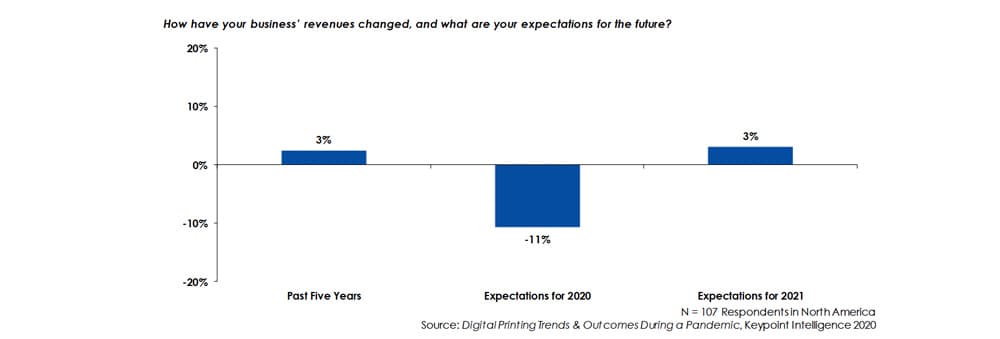Guilford County Marks Decade of Regional Economic Development Success
Guilford County officials and partner organizations celebrated the 10th anniversary of the Guilford County Economic Development Alliance, a collaboration credited with moving the county away from inter city competition toward a coordinated regional strategy for business recruitment. The alliance is credited with helping secure thousands of jobs and billions in capital investment over the past decade, a shift with direct implications for local employment, tax revenues, and infrastructure planning.

Leaders from Guilford County, the City of Greensboro, the City of High Point, the High Point Economic Development Corporation, and the Greensboro Chamber gathered in High Point on November 19 at the Blue Heron Event Venue to mark the Guilford County Economic Development Alliance tenth anniversary. The milestone caps a decade in which stakeholders say a coordinated approach replaced the old model of competing cities and created a single front for recruiting major projects to the county.
The alliance was founded in 2015 with the express purpose of aligning incentives, marketing, and site selection across municipal lines. Over the past ten years the coordinated strategy has been associated with recruiting projects that officials and observers attribute to producing thousands of jobs and billions in capital investment across Guilford County. Those aggregate results matter to residents because they influence local hiring opportunities, commercial tax base expansion, and the timing and scale of infrastructure upgrades needed to support new employers.
Economically the alliance reflects a national trend toward regional cooperation in metropolitan areas where unified strategies can capture larger scale investments. For Guilford County the practical effects include pooled marketing resources, a shared pipeline for prospect management, and reduced duplication of incentive packages. The result is more efficient use of public funds and a stronger bargaining position when courting projects that require significant land, workforce, and transportation capacity.

Policy implications for local leaders now include how to translate capital commitments into sustainable workforce outcomes and equitable community benefits. With billions in private investment reported over ten years local officials will need to coordinate on workforce training, zoning and transportation improvements, and targeted supports for neighborhoods that have historically seen less benefit from economic growth. Maintaining momentum also requires continued cooperation among city and county governments as competition for investment intensifies regionally.
As the alliance moves into its second decade, Guilford County faces the task of converting headline investment figures into long term gains in wages, household stability, and public services. The anniversary event highlighted that the county has chosen collaboration as its strategy, and the coming years will test how well that strategy delivers broad based economic progress for Guilford residents.


